ETHIOPIA UNVEILED- Cultural and Natural Exploration from Bale Park to the Omo Valley and Rift Valley
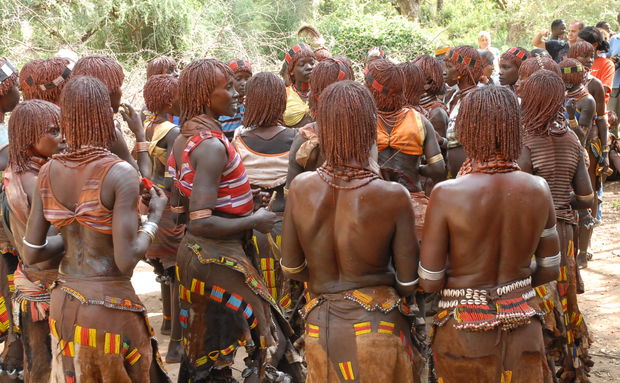
Explore Ethiopia’s rich culture and breathtaking nature with our Omo Valley and Bale Mountains Tour. Dive into the vibrant traditions of the Omo Valley, where you’ll meet unique tribes like the Mursi, Hamer, and Karo, known for their fascinating ceremonies, body art, and ancient customs. Then, journey to the Bale Mountains National Park, a wildlife haven featuring dramatic landscapes, alpine forests, and rare species like the Ethiopian wolf and Mountain Nyala.
This tour combines cultural immersion with nature exploration, offering a once-in-a-lifetime experience. Ideal for adventure seekers and culture enthusiasts, it’s your chance to discover Ethiopia’s diverse beauty in one unforgettable trip. Book your Omo Valley and Bale tour today and create memories that last forever!
Omo Valley:
The Omo Valley is a cultural treasure trove, home to some of the most diverse and ancient tribal communities in the world. Located in southern Ethiopia, this UNESCO World Heritage Site offers a rare glimpse into the rich traditions of over 16 indigenous tribes, such as the Mursi, Hamer, and Karo. Visitors can witness vibrant ceremonies, colorful markets, and intricate body art, immersing themselves in a way of life unchanged for centuries. The stunning landscapes of the Omo Valley—lush forests, savannahs, and the Omo River—add to its allure, making it a unique destination for culture and nature enthusiasts alike.
Bale Mountains National Park:
The Bale Mountains National Park is a high-altitude paradise for adventure and wildlife lovers. Known for its dramatic landscapes, it features vast plateaus, alpine meadows, dense forests, and rugged peaks. The park is a biodiversity hotspot and the best place to see the endangered Ethiopian wolf. Visitors can trek through the mystical Harenna Forest, spot endemic species like the Mountain Nyala, and marvel at the stunning Sanetti Plateau, which is often referred to as "Africa’s rooftop." Whether hiking, wildlife spotting, or soaking in its tranquil beauty, Bale is a must-visit for nature lovers.
The best time to visit the Omo Valley and Bale Mountains is during Ethiopia’s dry season, from October to March.
Gallery
Day-by-Day Itinerary
DAY 1: ARRIVAL IN ADDIS ABABA & CITY TOUR
Arrival & Addis Ababa City TourUpon arrival into Addis Ababa airport, you will be met by Authentic Ethiopia Tours representative and driven to your hotel to freshen up and rest before lunch. The day is free to do as you wish; some local attractions we recommend are St. George Church Museum, Ethnographical Museum, National Museum and Entoto Mountains. Dinner that evening will be held at a delicious traditional Ethiopian restaurant. Overnight stay in Addis Ababa. (BLD)
DAY 2: RIFT VALLEY LAKES REGION TO LANGANO
Rift Vally lakes and LanganoOnboard your vehicle and start driving to Langano along the rift valley lakes region. On your way, you will have a stop at the shore of Lake Ziway to enjoy and spot different bird species and fish products. Late in the afternoon, you will be in Lake Langano for an overnight stay at the side resort/lodge.(BLD)
DAY 3: DRIVE LANGANO TO BALE PARK
We will drive you to Goba in the beautiful Bale Mountains, enjoying an early picnic lunch on the way. Upon arrival there will be an opportunity to walk around Dinsho, where you can spot nyala (African antelopes), and take in the beauty of the mountain and enjoy the panoramic views below. Leaving for Sanetti Plateau in the afternoon, you will embark on a wildlife adventure, looking for the elusive Ethiopian wolf, the Bale monkey and the giant mole rat. In the early evening, you will return to the lodge, where you can unwind after an exciting day. Overnight stay at Bale Mountains.
Overnight in Goba Webe Shebelle, Bale Mountains
Meal plan: Breakfast, lunch & dinner
Bale Mountain National Park-"One Park different World"
Grassland areas, waist-high wildflowers and juniper trees make up much of the landscape of Bale Mountains National Park, along with dazzling alpine lakes and streams. The Harenna Forest covers almost half of the park, and offers gorgeous lichen-draped giant trees. More endemic animals live in the Bale Mountains than any other terrestrial habitat in the world. The Ethiopian wolf makes his home here, as well as the mountain nyala (a spiral-horned antelope), the Bale monkey and the giant mole rat. Look down from the second highest point in Ethiopia, Tulu Dimtu at 4,377m above sea level, take a deep breath, and smile at all that Ethiopia’s unbelievable landscape has to offer.
DAY 4: SENATE PLATOU, HARENA FOREST
Simien Fox & Harena ForestAfter an early breakfast, start driving to Senate plateau to enjoy the beauty of the area. Senate area is the largest afro alpine vegetation in Africa which is covered by everlasting and other flowers. The area is home for many Afroalpine lakes which are home for different migratory birds from Europe. Due to its altitude, Tulu Dimtu(4377m), the highest point in the area and the second highest point in Ethiopia is found in Senate area. This region is the best place to spot the rare and an endemic Ethiopian Wolf. Before returning back, drive further down to Harena Forest and amazed with the dense rain forest which is home for many beautiful birds. (BLD)
DAY 5: GEYSAY GRASS LAND, GINSHO & HEAD TO HAWASA
Bale Park-Dinsho, Wildlife viewingLeave your hotel in the morning to Dinsho the headquarter of Bale Mountain National Park, and The Open plain land of Geysay. Walk around such regions to spot an endemic Mountain Nyala, Mebeliks Bush Buck, Warthogs,.. Leave such wonderful park to Hawassa.
Overnight: Haile Resort
Meal Plan: Breakfast, Lunch & Dinner
Grassland areas, waist-high wildflowers and juniper trees make up much of the landscape of Bale Mountains National Park, along with dazzling alpine lakes and streams. The Harenna Forest covers almost half of the park, and offers gorgeous lichen-draped giant trees. More endemic animals live in the Bale Mountains than any other terrestrial habitat in the world. The Ethiopian wolf makes his home here, as well as the mountain nyala (a spiral-horned antelope), the Bale monkey and the giant mole rat. Look down from the second highest point in Ethiopia, Tulu Dimtu at 4,377m above sea level, take a deep breath, and smile at all that Ethiopia’s unbelievable landscape has to offer.
DAY 6: DRIVE HAWASA TO ARBA MINCH
Fish Market & Chencha/Dorze VillageDrive to Arba Minch 1 Stop 1 Arba Minch In the morning, visit the habitual action of Sidamo people involving in the fresh Fish Market where fishermen bring different types of Fishes mainly, Catfish, Nile Perch and White Fish and sell it to the neighborhoods. Walk through Small Park to see the beautiful Colobus Monkey and other monkey types with endemic birds. Pretty interesting place for photography and to do people-watching. Continue driving to Arba Minch In the afternoon, embark on an hour drive to the Gughe Mountain to witness the cultural lifestyle of Dorze people, known for their Cotton Weaving, Elephant-Shaped hut made from the False Banana tree. Take part in the preparation of the false Banana food called Kocho and give it a try Picnic lunch or Lunch in Dorze Lodge - Late afternoon enjoy and relax in the Beautiful city of Arba Minch with awe-inspiring view of the Two Lakes with “God’s bridge” bisecting them. Arba Minch, also known as Ganta Garo, is the largest town in the Gamo Gofa Zone of Southern Ethiopia. The town is well-positioned with some of the most fertile land in Ethiopia, where an abundance of fruit is able to grow. Not only this, but with sights overlooking the Rift Valley and Bridge of God, you are sure to have a memorable experience. O/N. Hotel/Resort (BLD)
DAY 7: BOAT TRIP ON LAKE CHAMO & HEAD TO KONSO
Wild life viewing & Konso(UNESCO)There will a morning boat ride on Lake Chamo where you can admire the scenery and maybe spot a hippo or crocodile. Goliath Herons, African Fish Eagle, Darters, Kingfishers...are among the bird species of the area. Keep driving to Konso. where you will have most of the afternoon and evening to enjoy Konso's unique charms, such as the Generation Pole that is raised every 18 years to mark the start of a new generation. There is a morning visit to a Konso village, Machekie, where you can freely explore the stone walkways. Konso is a World Heritage Site protected by UNESCO. The people of Konso are known for their wooden statues with phallic symbols, which they erect over the graves of the dead. They have numerous cults based around the breeding and veneration of serpents. The cornerstone of Konso culture is a highly specialized and successful agricultural economy that, through terracing buttressed with stone, enables them to make a living from the none-too-fertile hills and valleys that surround them. O/N. Hotel/Resort(BLD)
DAY 8: DRIVE TO TURMI
Meetings tribes: Konso. Bena, Tsemay & ErboreThis a morning visit to a Konso village, Machekie, where you can freely explore the stone walkways. After the village stop, it is aboard the bus for a drive to Turmi with a picnic lunch en-route. During the journey you will stop at Hamer village to meet and learn about the Hamer tribe. You will reach Turmi mid-afternoon, check into your lodge and have the rest of the day free. Overnight in Turmi.
Note: if this day falls on a Saturday, you can visit the nearby colorful Dimeka market where local tribespeople sell their wares and socialize. Turmi is a market town in south-west Ethiopia. It is home to many of the Hamer tribes and has a weekly market on Mondays where you can explore and find unusual items such as incised gourds, used by local women as shopping baskets. Turmi is known for its traditional dances and the Jumping of the Bulls ceremony.
The Hamers are a large group of agro-pastoralists with a population of more than 40,000 people that are also fine potters. The Hamer people enjoy body decoration and wear colorful beads. The Hamers are famous for their traditional bull-jumping ceremony, which must be done for a boy to pass into early adulthood. Hamer men wear clay hair buns if they have killed an enemy or any dangerous animals. O/N. Resort/Local Hotel(BLD)
DAY 9: EXCURSION TO OMORATE & MURULE:
Dasenech & Karo TribesAfter an early breakfast, visit to the Omorate (Dassanech tribe) is scheduled for the morning where you will have the opportunity to meet the tribe's colorful people. Take a boat ride in a dug-out canoe on the Omorate river. After lunch you will be taken to Murelle to visit the Karo tribe, known for their painted bodies. Return to Turmi in the evening. The Dassanach tribe, also known as Merille, have a population of over 48,000 people that are primarily agro-pastoralist, meaning they place a high value on cattle. These people reside on the northern shore of Lake Turkana and are considered inhabitants of both Kenya and Ethiopia. Their main source of income is cattle rearing, but they are also accustomed to fishing and cultivating crops. Young girls are identified by their colorful goatskin skirts decorated with beads. The men have unique hair patterns that display the age grade system.
The Karo People have a rather small population of around 1,500 people and are considered endangered. Previously a rich tribe, the Karo people lost the majority of their population due to the Tsetse Fly, a large biting insect. They are related to and look like the Hamer tribe, and often paint their faces with chalk to resemble guinea fowl feathers. O/N. Resort/Hotel(BLD)
DAY 11: MAGO PARK & MURSI TRIBES
Mursi tribesMago National Park - We head into Mago National Park, home to the fascinating Mursi people, known for their lip plates – perhaps the most striking of Ethiopia’s tribal groups. After spending time here learning about their customs we return to Jinka for the night. O/N. Hotel/Resort(BLD)
DAY 10: TURMI VILLAGE & MARKET
Hamer tribes at their marketsVisit Hamer village at your nearby to the lodge. Hamer tribes are very friendly, welcoming and photogenic tribes who welcomes every visitor to their village. These tribes have their own typical culture on dressing and hair style. They have very colorful market at Turmi town (On Monday) and at Dimeka(On Saturday & Tuesday). After visiting the market, drive to Jinka via Key Afer market (Thursday) and Ari village, an administrative city for the Southern Omo valley region. O/N. Lodge (BLD)
DAY 12: ARI VILLAGE, KEY AFER MARKET & ARBA MINCH
Ari Village & Key Afer MarketVisit the South Omo ethnographic museum to learn the different cultures of the tribes. Visit the Ari village before driving to Key Afer Market (Thursday). Enjoy the beautiful and colourful Africa open air market at Key afer, where you meet, greet and discuss the different cultures tribes like Bena, Tsemay and other. Drive back to Arba Minch. (BLD)
DAY 13: TIYA STELLA & ADDIS ABABA , DEPARTURE
Gurage Village and Tiya Stella Field(UNESCO)After an early breakfast, drive back to Addis Ababa via Sodo Butajira road. On your way, you will enjoy the surrounding vegetation and landscape. Visit Tiya stela field, UNESCO's World Heritage site. Return to Addis and, in the evening, visit a traditional restaurant for a farewell dinner. Afterwards, proceed to the airport for your homeward flight. (Breakfast, Lunch, Dinner)
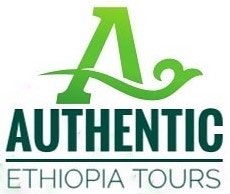





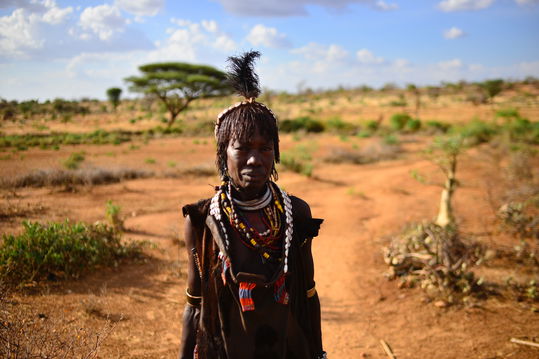
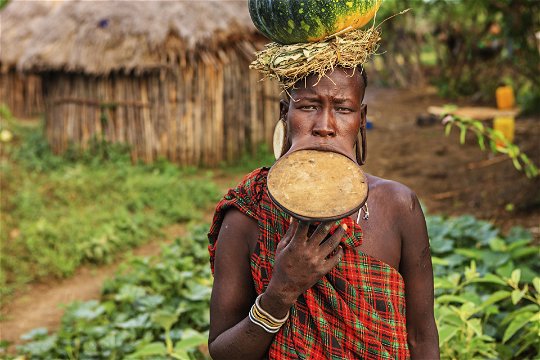

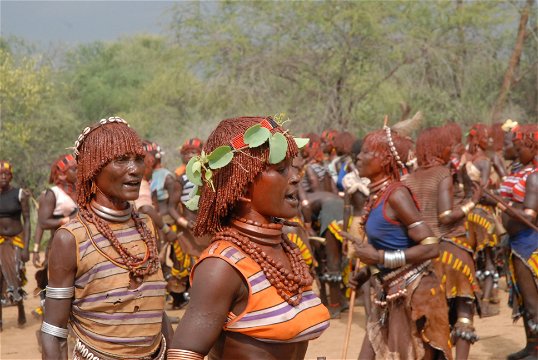



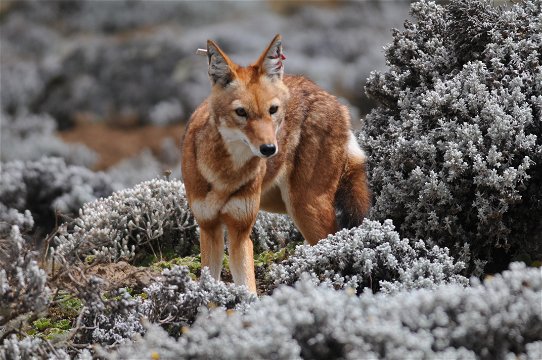


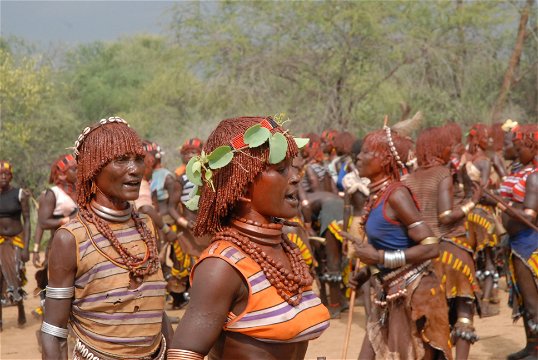

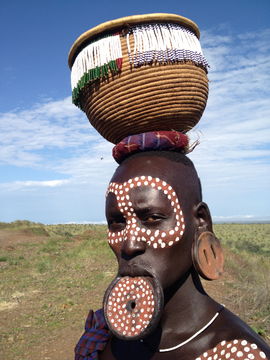
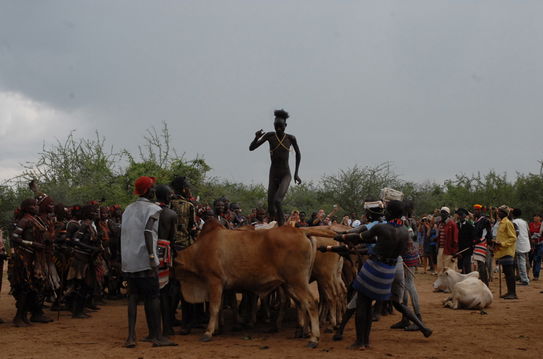

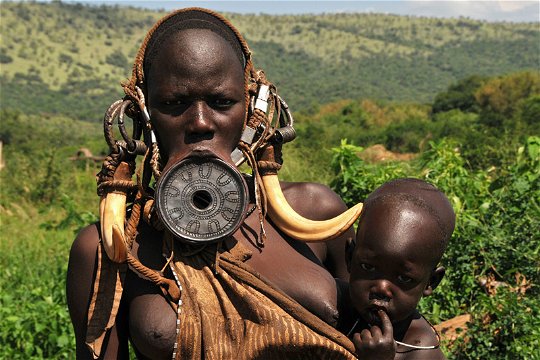
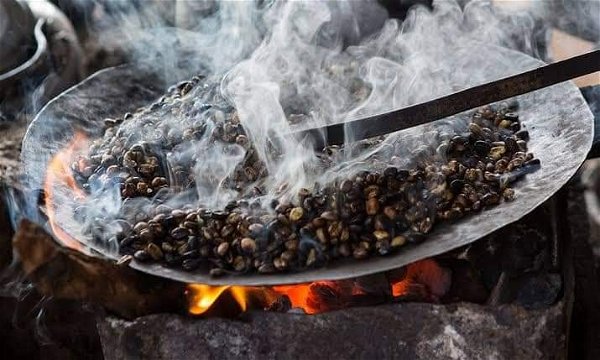
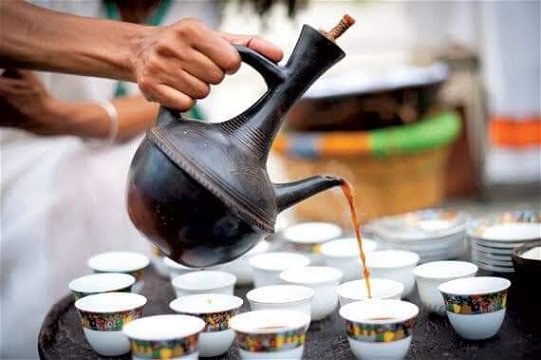
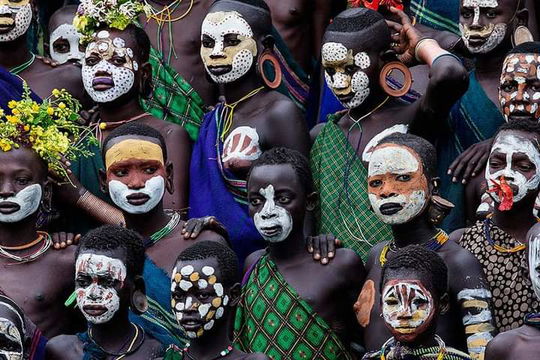
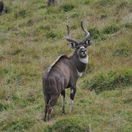
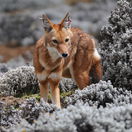



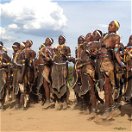
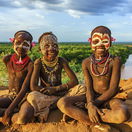




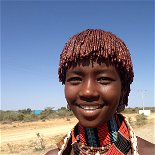
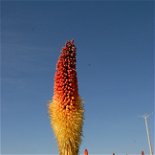
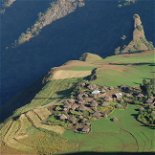


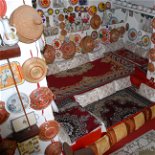
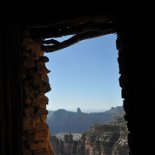
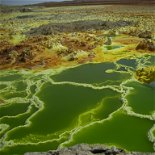


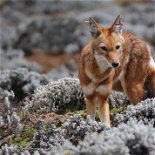
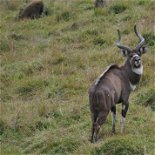
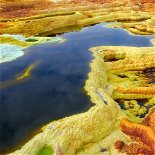
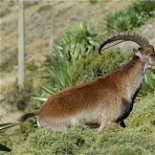
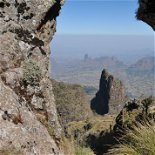
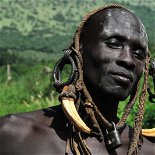
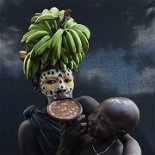

Share This Page